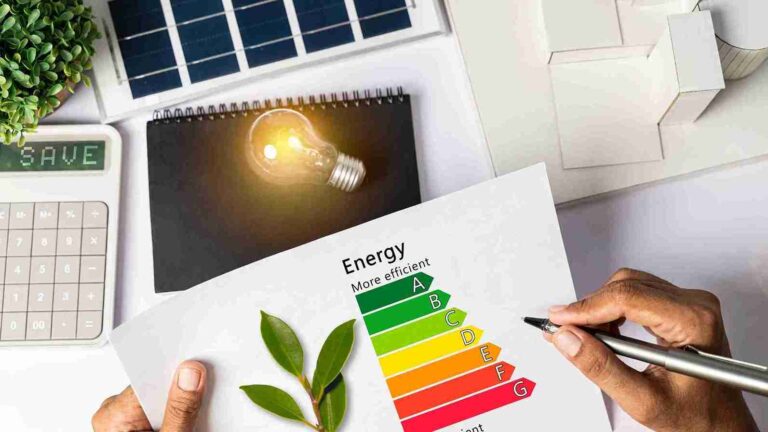Unveiling Your Sustainability Potential: A Guide to Green Audits

In today’s environmentally conscious world, businesses are increasingly seeking ways to minimize their impact and operate more sustainably. Enter the Green Audit , a powerful tool that helps organizations assess their environmental footprint and identify areas for improvement.
What is a Green Audit and Why is it Important?
A Green Audit, also known as a sustainability assessment or environmental impact assessment, is a systematic evaluation of a company’s operations, practices, and policies. It goes beyond simply checking a box; it’s a comprehensive analysis designed to:
- Identify areas of environmental impact: Where is your company using the most energy or water? What types of waste are you generating? A Green Audit helps pinpoint these areas for improvement.
- Measure resource consumption: Quantify your resource use – energy, water, raw materials – to establish baselines and track progress over time.
- Develop strategies for sustainability: Based on the audit findings, you can create a roadmap for minimizing your environmental footprint and maximizing efficiency.
Benefits of Conducting a Green Audit:
Going green isn’t just good for the environment; it’s good for business. Here’s why a Green Audit can be a game-changer:
- Drives Sustainable Practices : The audit provides a clear picture of your current environmental impact, paving the way for implementing sustainable strategies.
- Meets Regulatory Requirements: Many environmental regulations require companies to monitor their impact. A Green Audit helps ensure compliance.
- Enhances Brand Reputation: Consumers are increasingly drawn to environmentally responsible brands. A Green Audit demonstrates your commitment to sustainability.
- Reduces Costs: By identifying areas of resource waste, a Green Audit can help you save money on energy, water, and waste disposal.
- Fosters a Culture of Environmental Responsibility: The audit process raises awareness among employees and encourages them to embrace sustainability practices.
Key Components of a Green Audit:
A Green Audit isn’t a one-size-fits-all process. However, it typically focuses on these critical areas:
- Energy Efficiency Evaluation: Analyze your energy consumption patterns, identify opportunities for conservation, and explore renewable energy options. This reduces your carbon footprint and saves on operational costs.
- Waste Management Analysis: Assess your waste generation, segregation practices, disposal methods, and recycling efforts. This helps you minimize environmental impact and promote a circular economy.
- Water Conservation Assessment: Evaluate water use patterns, explore water-efficient technologies, and identify opportunities for water recycling. This helps conserve this precious resource.
- Emissions Measurement and Reduction: Measure greenhouse gas emissions from your operations, identify their sources, and develop strategies to minimize them. This helps combat climate change and achieve sustainability goals.
Conducting a Green Audit: Moving from Awareness to Action
Ready to embark on your Green Audit journey? Here’s a breakdown of the key steps:
- Pre-Audit Preparation: Define the audit scope, assemble a dedicated team, and gather relevant data and documents. Engage stakeholders and establish clear objectives.
- On-Site Audit: Conduct thorough on-site inspections, collect data, interview staff, and observe operations. Prioritize accuracy, attention to detail, and clear communication with employees.
A Green Audit can be a transformative experience for your business. By identifying areas for improvement and implementing sustainable practices, you can minimize your environmental impact, enhance your brand reputation, and contribute to a greener future.
Greenex is your one-stop shop for Green Audits! We offer expert services to help your organization conduct a comprehensive assessment and develop a customized sustainability plan. Contact us today to learn more and unlock your green potential!

